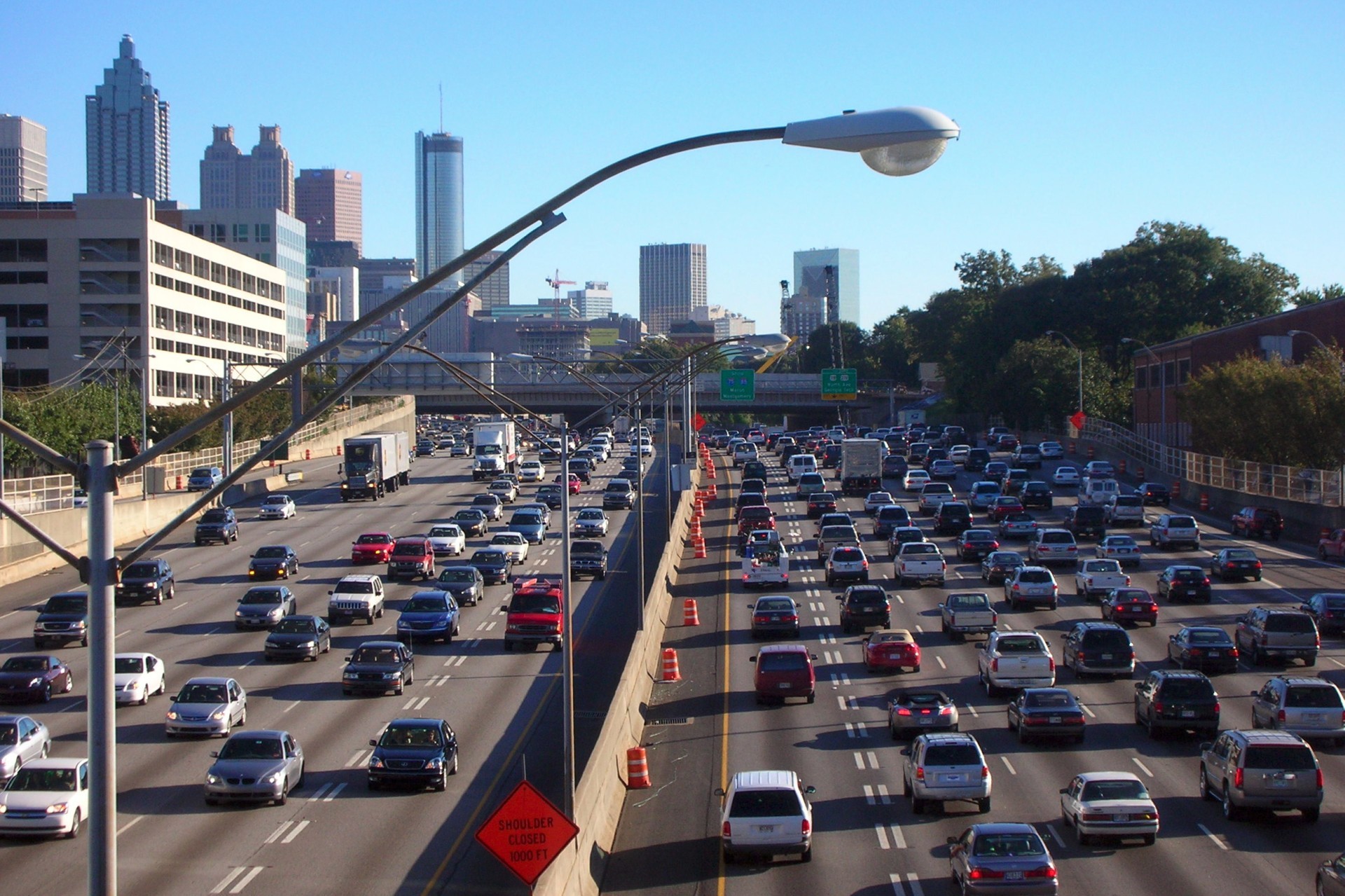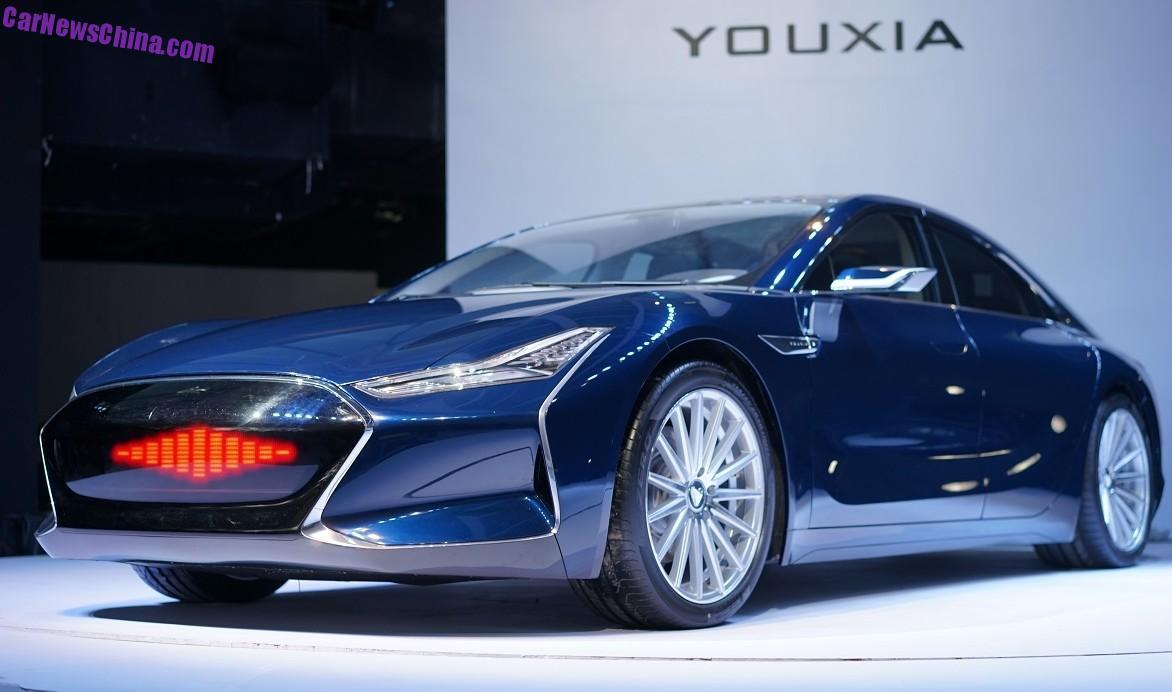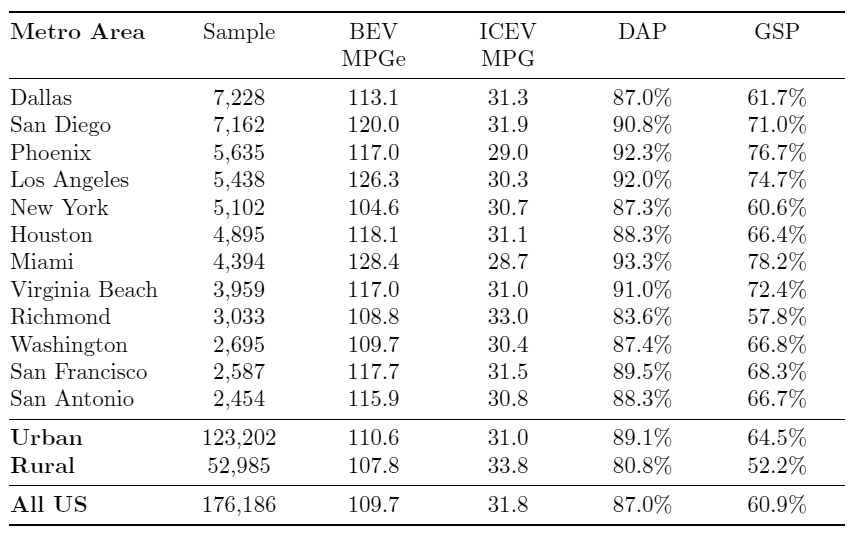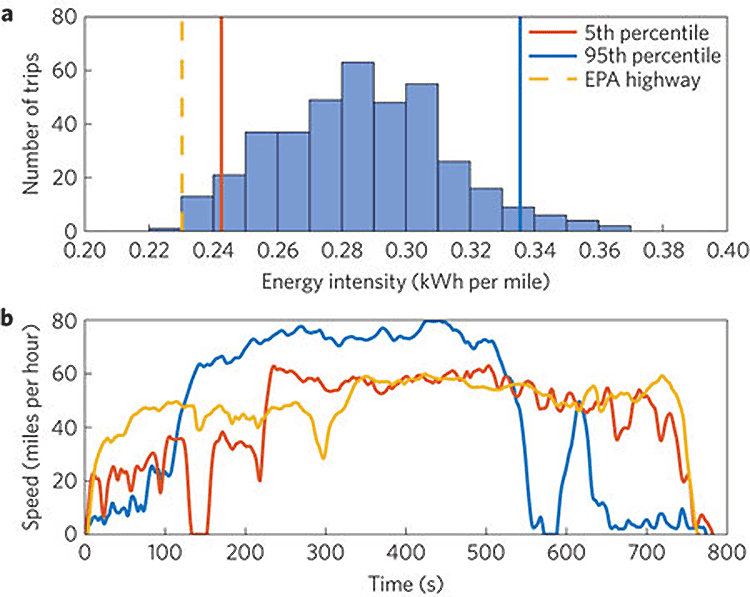Study: electric cars can replace 87% of cars on the roads
But every day it will be a different car.

Road traffic on I-75/85 in Atlanta. Photo: Atlantacitizen
Researchers at the Massachusetts Institute of Technology have conducted the most comprehensive study to date to what extent existing electric cars are able to meet the needs of most drivers. They took into account the maximum range of the course of electric vehicles and the extensive statistics of private car trips collected according to GPS data for several years.

The Youxia X electric car will be produced with 40, 50 and 85 KW / h batteries (range of 220, 330, and 450 km)
Statistics have shown that the energy characteristics of affordable modern electric vehicles cover 87% of car-days on ordinary passenger cars, even if an electric car is charged only once a day at night. This figure remains surprisingly stable in different cities, even if in these cities the number of the average distance traveled per day per inhabitant is very different. For example, New Yorkers have an average of 21 kilometers a day behind the wheel, and 34 kilometers across a Richmond resident (see the diagram below).
')

Differences in the habits of movement of residents and the use of cars in different US cities
In other words, at any given time, 87% of cars on the roads can be replaced with electric vehicles. But every day it will be different cars.
Outside the city, DAP is 80.8%, in the city - 89.1%. The table also shows the associated fuel savings for BEV (Nissan Leaf) and ICEV (Ford Focus) and the share of potentially saved gasoline (GSP, gasoline substitution potential).

A research team led by Massachusetts Institute of Technology Associate Professor Jessika Trancik spent four years conducting this research. Scientists conducted data mining of two large data sets. The first is with detailed statistics of 117,588 driver trips collected by government agencies in Texas, Georgia and California. To collect statistics on cars installed special GPS-receivers with data recording. For realism, the statistics of trips with a registered acceleration of more than 10 m / s 2 were excluded from the sample.
The second data set is more extensive, but not as accurate. It is compiled as a result of a nationwide study of driver habits. Across the country, they were interviewed in detail where, how far and how often they travel. The second set of data was needed in order to prove that the statistics of drivers in Texas, Georgia and California are no different from those in other regions of the country. That is, in order to extrapolate the collected GPS-data and draw general conclusions.
The researchers collected statistics and distances, and travel time, took into account the style of driving and weather conditions. As a result, they developed a model that describes trips with second-hand accuracy in order to calculate the exact energy requirements if these trips were made on electric vehicles.

Energy intensity and travel history at about the same distance with a similar time
Thus, it was possible to calculate that for 87% of the car-days for American drivers, modern electric cars are fully suitable. At the same time, the total cost of ownership of electric vehicles (the cost of purchase + the cost of fuel) does not exceed the total cost of ownership of an ordinary car.
The researchers also concluded that for those days when drivers drive the maximum distance, it will not be enough just to increase the battery capacity and expand the network of electric gas stations. To meet the needs of drivers on such days, the authors say, “other transport technologies” are needed. First of all, they call the car sharing engine, that is, the sharing of cars with an internal combustion engine, and other technologies. Perhaps there is a way to use hybrid power plants that can recharge batteries on the go, burning a small amount of chemical fuel (hydrogen, methane, gasoline).

LeSee electric car prototype from the Chinese company LeEco . Photo: LeEco
The authors believe that it is very important to find a solution to the problem for this small number of “high-energy” days. If this problem is solved, a massive transition of the population to electric transport is possible and a significant reduction in carbon dioxide emissions into the atmosphere. According to some scientists, this is a critically important condition for the survival of humanity, which has warmed up the planet with greenhouse gases (although most educated people do not believe in it, despite the existing scientific consensus on this issue).
In addition to car sharing, for the mass transition to electric cars, other problems should be solved, in particular, to increase the network of electric charging stations.
According to the calculations of researchers, if we take into account an increase in carbon dioxide emissions from the current power plants, which is necessary for generating electricity, the transition of 87% of transport to electric traction will still lead to an overall decrease in emissions from transport in the United States by about 30%. In turn, transport accounts for about a third of all carbon emissions in the United States. A more significant effect will be achieved by decarbonizing the power industry.
The scientific work was published on August 15, 2016 in the journal Nature Energy (doi: 10.1038 / nenergy.2016.112).
Source: https://habr.com/ru/post/396765/
All Articles